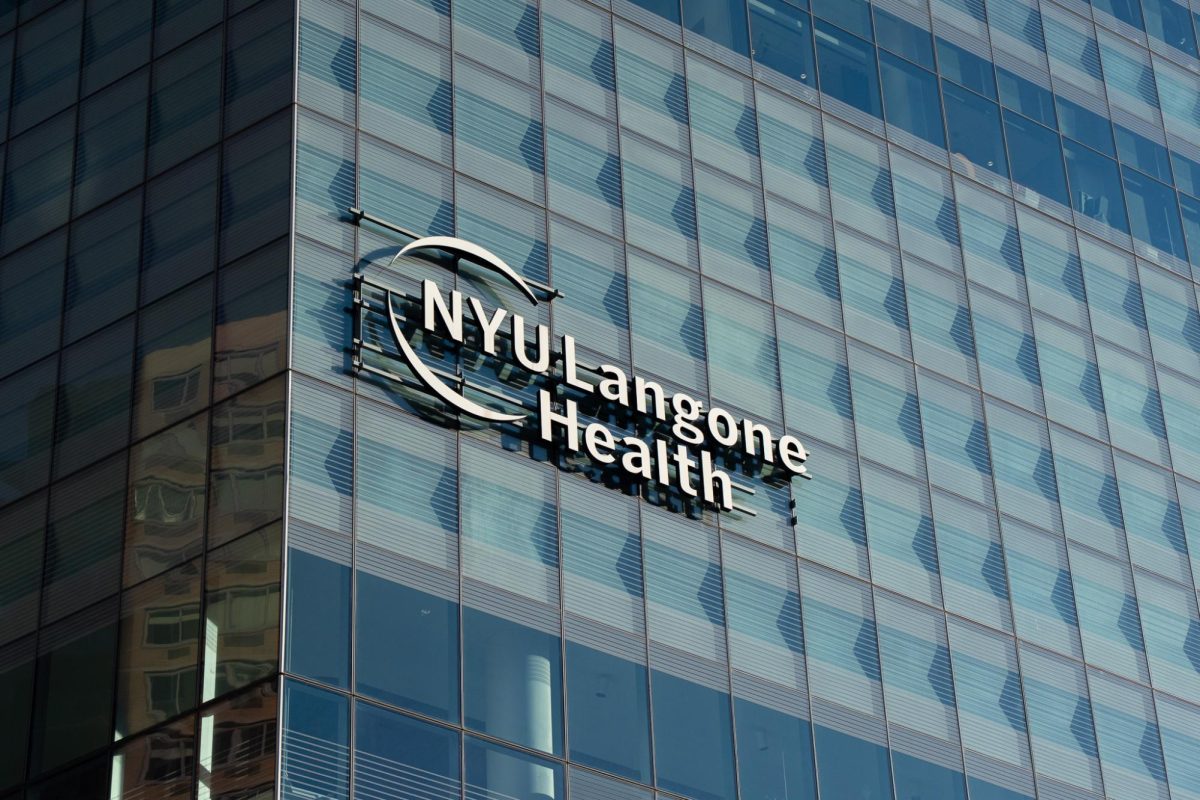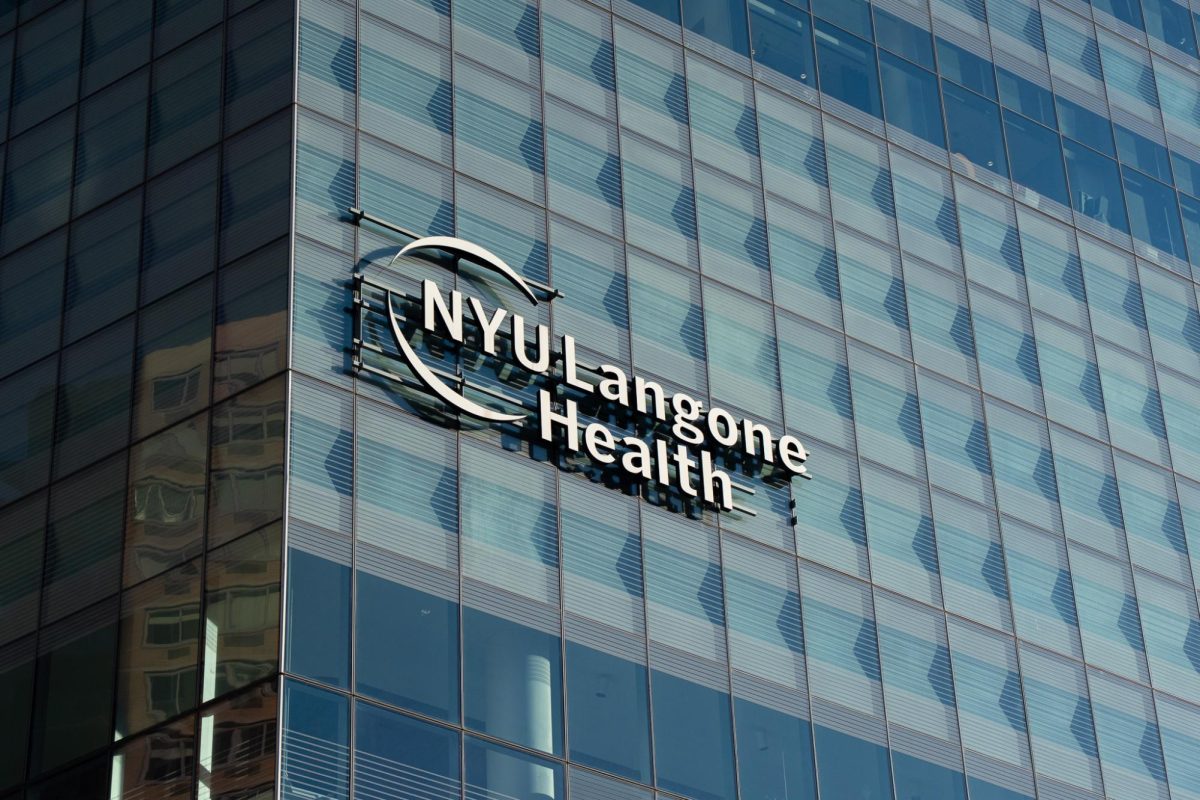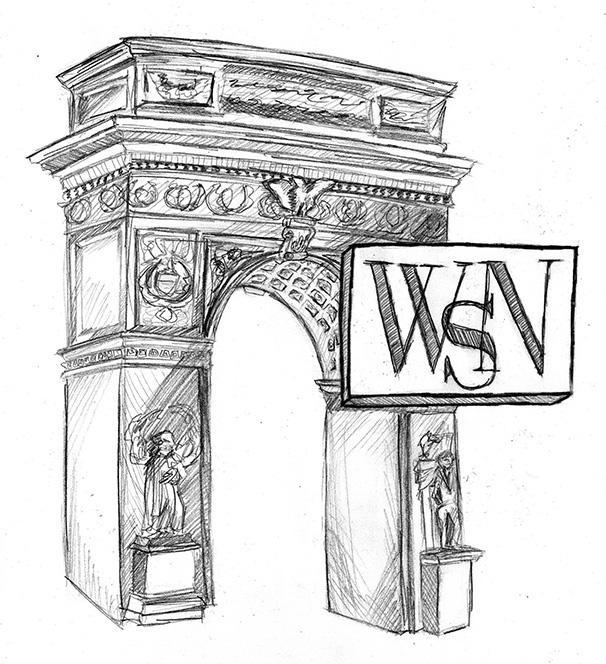The Bias Response Line Is Broken, This Is How NYU Should Fix It
February 9, 2018
The verdict is in for NYU Psychology Professor Edgar Coons: he told The New York Post that he was not disciplined for alleged transphobic remarks targeting a Steinhart junior reported in November. The student filed the accusation with the Bias Response Line, but his reporting of the incident amounted to nothing. Though the Coons case may close without a real resolution, it has made apparent the fact that BRL needs to be revamped so future cases of discrimination will not be as neglected. Here are some of our suggestions to improve the BRL and the procedure for handling cases of discrimination on campus.
1. Greater transparency
Director of Human Resources Administration Shabana Master has declined to comment on the case, leaving both students and those investigating this matter in the dark. Further, a promised report covering the response line’s work since fall 2016 has not yet been released. The BRL was intended to help ensure NYU is equitable and inclusive, but that has proven untrue. In order to hold the administration accountable regarding incidents of bias, greater transparency is needed. First, the university should release the report it promised, and second, NYU Human Resources should provide an explanation of each verdict it delivers. We deserve to know whether the university is genuinely committed to dealing with instances of bias on this campus.
2. Formal and informal resolution options
At Colorado College, reports of discrimination can be handled in one of two ways — through informal resolution or formal complaint procedure. The informal resolution allows students, faculty and staff to resolve conflict in a mediated but relaxed environment while the formal complaint option consists of paperwork and legal protocol. We think implementing a similar conflict resolution strategy at NYU could produce positive results. The informal resolution option would allow students and faculty to discuss bias in an open setting and may come to a understanding without the need for formal intervention. Of course in cases of extreme or repeated discrimination, the formal complaint option should still be available.
3. Protocol for handling bias must be clearer
The The BRL’s official page is a really nice touch to make NYU feel good about itself, but it is too general and lacking in crucial information. A clear and easily understandable protocol is key if the BRL is to effectively provide the services it so enthusiastically promised. A few FAQ’s and legal background are not enough for students to effectively file their case. Students need the official BRL procedure to be accessible, and website should be clearer in conveying the steps that may be taken to resolve bias.
4. Increase staff and hold BRL accountable for follow up on reports
Currently, there are only nine staff members in NYU’s Office of Equal Opportunity, which covers BRL, Title IX and nondiscrimination policy. It is difficult to fathom that just nine people can adequately address concerns in all of these areas. NYU must increase the staff of the Office of Equal Opportunity to ensure that cases of alleged intolerance on campus are dealt with meticulously. Additionally, the BRL, though responsible for transferring reports of bias to other departments, is not liable for following up. The BRL must be more thorough in handling reports of discrimination, and should take greater care to ensure that all cases receive appropriate attention and action in the department to which they are referred.
The Bias Response Line must do better to ensure that all students feel welcomed and accepted at NYU, but in the meantime, it is up to the students to foster a diverse and inclusive community. Whenever there is discrimination on campus, NYU students must stand unified and refuse to tolerate bigotry and hate on campus.
Email the WSN Editorial Board at [email protected].



























































































































































